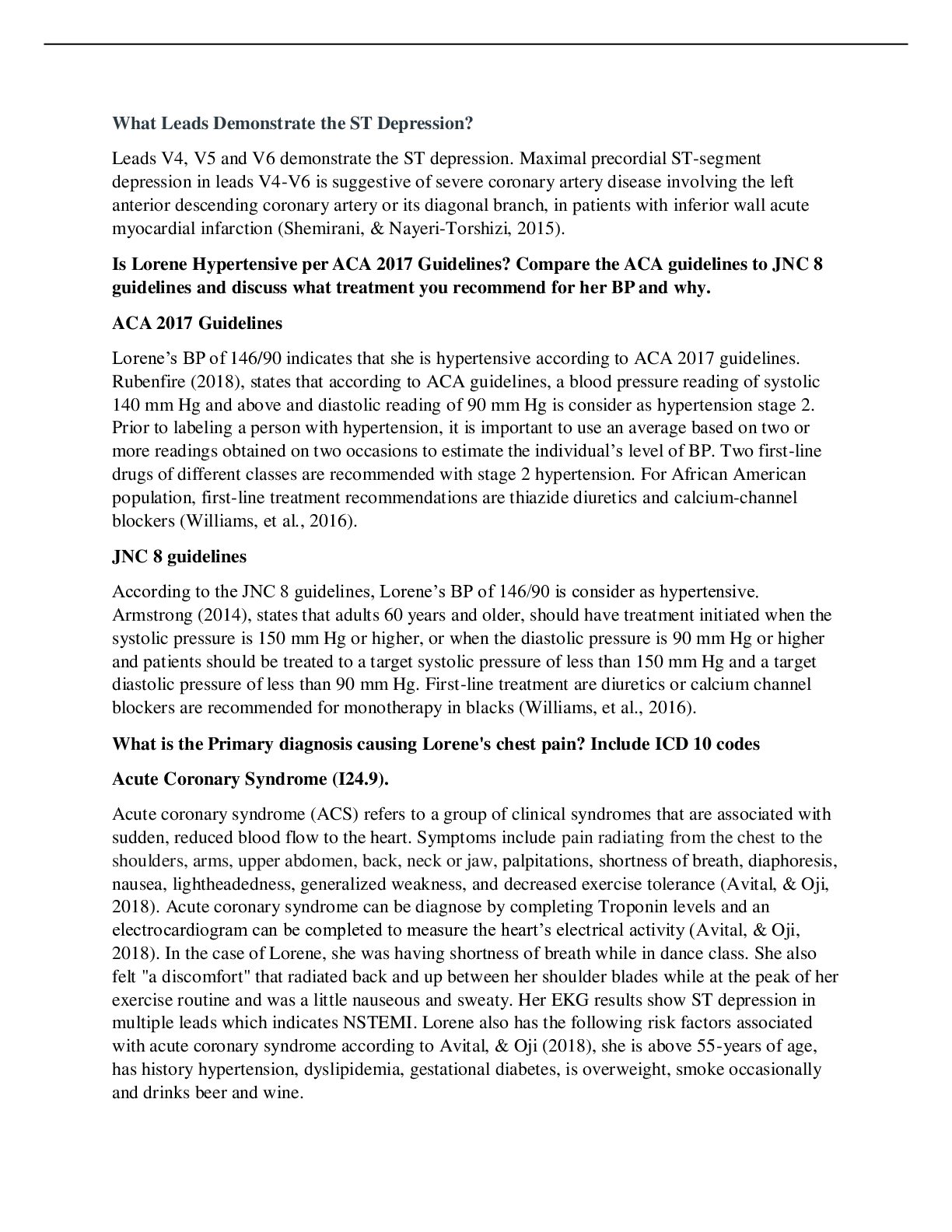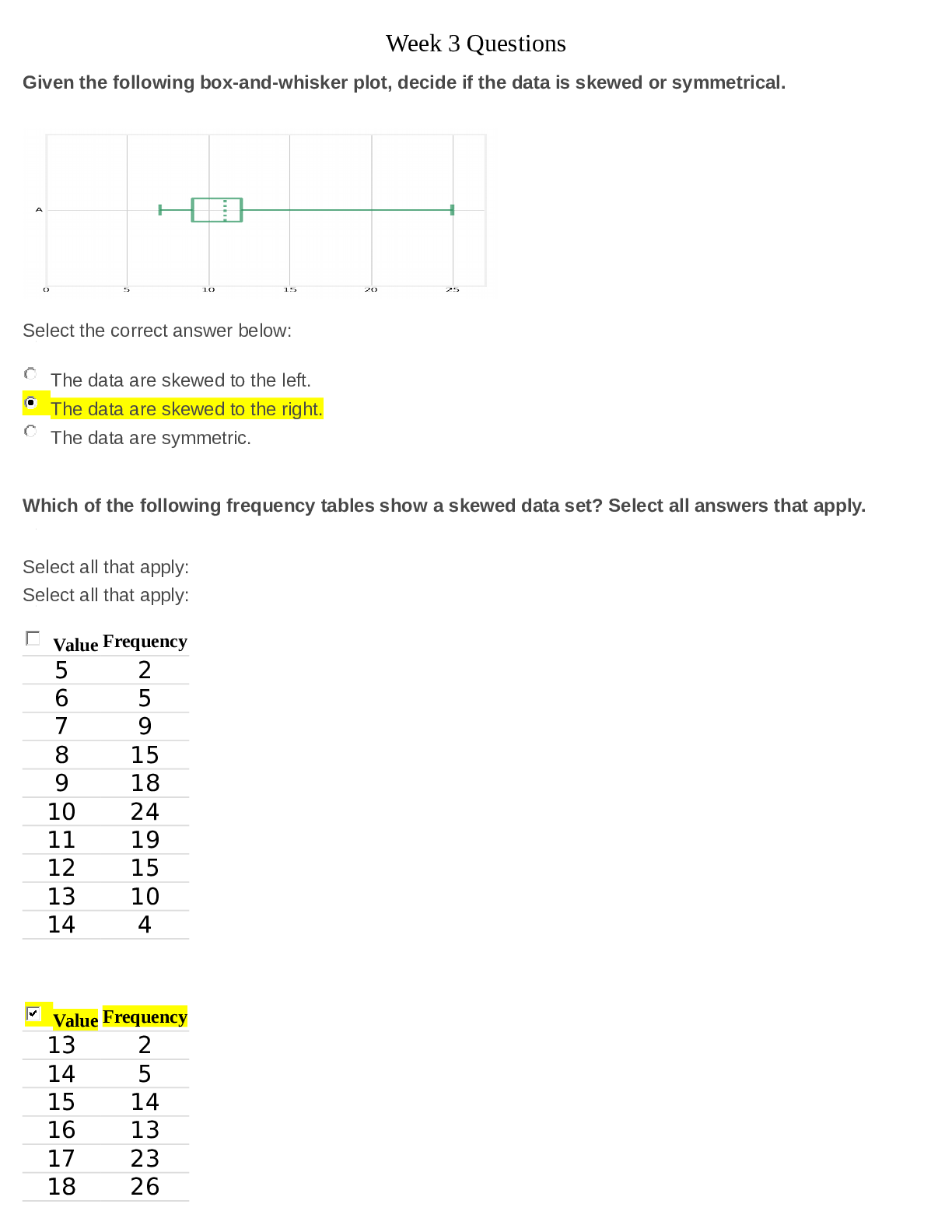*NURSING > STUDY GUIDE > NR 506 Week 3 Assignment + Discussions (All)
NR 506 Week 3 Assignment + Discussions
Document Content and Description Below
NR 506 Week 3 Discussion 1 - Effective Coalitions Describe the various elements necessary for effective leadership within a coalition. NR 506 Week 3 Discussion 2 - Using Evidence-Based Research in A... dvocacy Consider your chosen policy priority. How can you use evidence-based research to demonstrate the relationship of nursing practice to outcomes in your policy priority? Week 3 Discussion 1 - Effective Coalitions Describe the various elements necessary for effective leadership within a coalition. Describe the elements that effective leadership within a coalition must possess: Cary (2012) defines coalitions as “social movement organizations oriented to a collective goal”. Furthermore, coalitions may have different configuration and developmental progress; they do share a definite passion and goal to kindle the public’s interest and pledge to health via the transformation of the nursing profession. The author continues to say that for a coalition to be successful it needs to have competent leadership, among other things. An effective leader needs to have “credibility, dedication, and a proven record; trustworthiness”, be an expert on issues and be able to articulate and be persuasive on those issues (Cary, 2012). A successful coalition will be led by someone POLICY PRIORITY ISSUE 2 with “skill and finesse”, having the right people, effective communication, understanding political challenges and knowing how to manage them competently. Are you aware of any nursing coalitions? I personally did not know about nursing coalitions. By reading the literature, I have found several nursing coalitions such as the Alaska Nursing Action Coalition. This coalition prides themselves in being an “effective voice for health and wellness” in their state (Dooley, 2015). The Louisiana Action Coalition has launched a Nurse Leader Institute with the goal of assisting new nurse leaders and emerging nurse leaders to cultivate leadership skills (human resources, cost-savings, customer service, quality and patient safety strategies, budget analysis, and much more) in order to be successful in a leadership position (Thibodaux, 2015). Where does the power for change come from? Dooley (2015) says that success and progress of the coalition will depend on the “energy, commitment, and passion of the nurses and partners” that join them. What are some problems that can result from unsuccessful leadership within a coalition? Cramer, Atwood & Stoner (2006) say that a good leader gets the community involved. Without community participation, local health problems and interventions would not be addressed. Conflicts can come up when promises are broken (access to resources, information sharing, receiving recognition), leaving its members dissatisfied. Absence of leadership can also lead to lack of member responsibility, negative organization climate and ultimately the disintegration of the coalitions’ network (Cramer, Atwood & Stoner, 2006). What effects do you think it would have on the members and the mission of the coalition? In order for the coalition to progress over time, it needs a leadership structure that can adapt and respond to the members’ needs and strengths. If the leader and the members’ mission or vision is not on the same page, the group will ultimately not be able to achieve their goals for community health programming and long term sustainability (Cramer, Atwood & Stoner, 2006). References: Cary, P. H. (2012). The Future of Nursing Depends on Building Coalitions. Public Health Nursing, 29(2), 97-98 2p. doi: 10.1111/j.1525-1446.2012.01013.x Cramer, M., Atwood, J., & Stoner, J. (2006). A conceptual model for understanding effective coalitions involved in health promotion programming. Public Health Nursing 23(1), 67-76 7p. Retrieved from http://eds.b.ebscohost.com.proxy.chamberlain.edu:8080/eds/pdfviewer/pdfviewer? sid=e245d477-1cd8-4fdc-b604-dbb4c1836ca5%40sessionmgr107&vid=0&hid=127 Dooley, P. (2015). Notes from the Road—Update on the Alaska Nursing Action Coalition. Alaska Nurse, 3-3 1/3p. Retrieved from http://eds.b.ebscohost.com.proxy.chamberlain.edu:8080/eds/pdfviewer/pdfviewer?sid=acca62acf40a-4e8b-9d9c-56ce71bce22f%40sessionmgr106&vid=0&hid=127 Thibodaux, R. (2015, September 23). Louisiana Action Coalition Launches Nurse Leader Institute. Louisiana Association of Nurse Practitioners. Retrieved on May 17, 2016 from https://lanp.enpnetwork.com/nurse-practitioner-news/93851-louisiana-action-coalition-launchesnurse-leader-instituteThis study source was downloaded by 100000827141222 from CourseHero.com on 07-30-2021 16:00:57 GMT -05:00 https://www.coursehero.com/file/34229743/NR-506-Week-3-Assignment-Discussionsdocx/ This study resource was shared via CourseHero.com POLICY PRIORITY ISSUE 3 Week 3 Discussion 2 - Using Evidence-Based Research in Advocacy Consider your chosen policy priority. How can you use evidence-based research to demonstrate the relationship of nursing practice to outcomes in your policy priority? The policy I am working on is removing artificial colors from school vending machine snacks. I needed to find articles that explained why artificial colors are not safe (studies done in humans or animals and their results). Once evidence was found, it was easy to link it to my nursing practice because as a nurse, we teach our patients on an everyday basis. My goal as a nurse is to teach parents and kids this information and how to read labels and nutrition information so they can learn to avoid them. Friberg, Granun & Bergh (2012) say that to develop proper patient education we need to have evidence-based standards as well as patient education in health policy. Patient education will be hindered by limited pedagogical competence and the insecurity related to the accomplishment of educational tasks. What research did you complete to support your policy priority? I have a 3 year old that will start school soon and as a parent I wanted to see the food and snack options he will have once he enters school. I searched for any nutrition policy available for the Miami-Dade County School System. Once I analyzed their generic policy, I noticed that they focused on added sweeteners (sugar), certain amount of calories and Trans fats. The policy didn’t say anything about added high fructose corn syrup – but I guess that will be another policy project of mine. The policy also excluded to mention artificial colors so that is where I wanted to focus on. Once I had my policy priority, I had to find evidence that artificial colors indeed can affect kid’s health by exacerbation of symptoms. What was your search strategy? How did you determine your key points to demonstrate the importance of this policy change? In the search fields, using Boolean terminology, I typed artificial colors, Attention Deficit/Hyperactivity Disorder, artificial colors, allergies, patient education, hyperactivity, etc. I combined and/or mixed and matched until I found the necessary articles. I also looked for evidence where other school systems had done this type of change and indeed I found it. This made my policy change more real since I had proof that another school system did remove artificial colors from their foods and snacks. Specific information was found such as yellow #5 causing iron depletion in kids, eczema, interstitial edema in the gut and so much more. All this information was used to back up my suggested policy. Reference: Friberg, F., Granum, V., & Bergh, A. (2012). Nurses’ patient-education work: conditional factors – an integrative review. Journal Of Nursing Management, 20(2), 170-186 17p. doi: 10.1111/j.1365-2834.2011.01367.x NR 506 Week 3 Assignment; Your Policy-Priority Paper Policy Priority Issue POLICY PRIORITY ISSUE 4 It is no secret that smoking kills. In fact, smoking is the leading cause of preventable death in the United States and worldwide. If Americans younger than eighteen continue to smoke, 5.6 million of them will die early from smoking-related diseases (CDC, 2016). The policy priority issue that will be discussed in this paper is smoking cessation for all school-aged children but with a special emphasis on middle and high school students. Most adult smokers started smoking before they turned eighteen years old. The strategy is to implement school based programs that will deter children and teenag [Show More]
Last updated: 1 year ago
Preview 1 out of 9 pages

Reviews( 0 )
Document information
Connected school, study & course
About the document
Uploaded On
Jul 31, 2021
Number of pages
9
Written in
Additional information
This document has been written for:
Uploaded
Jul 31, 2021
Downloads
0
Views
32


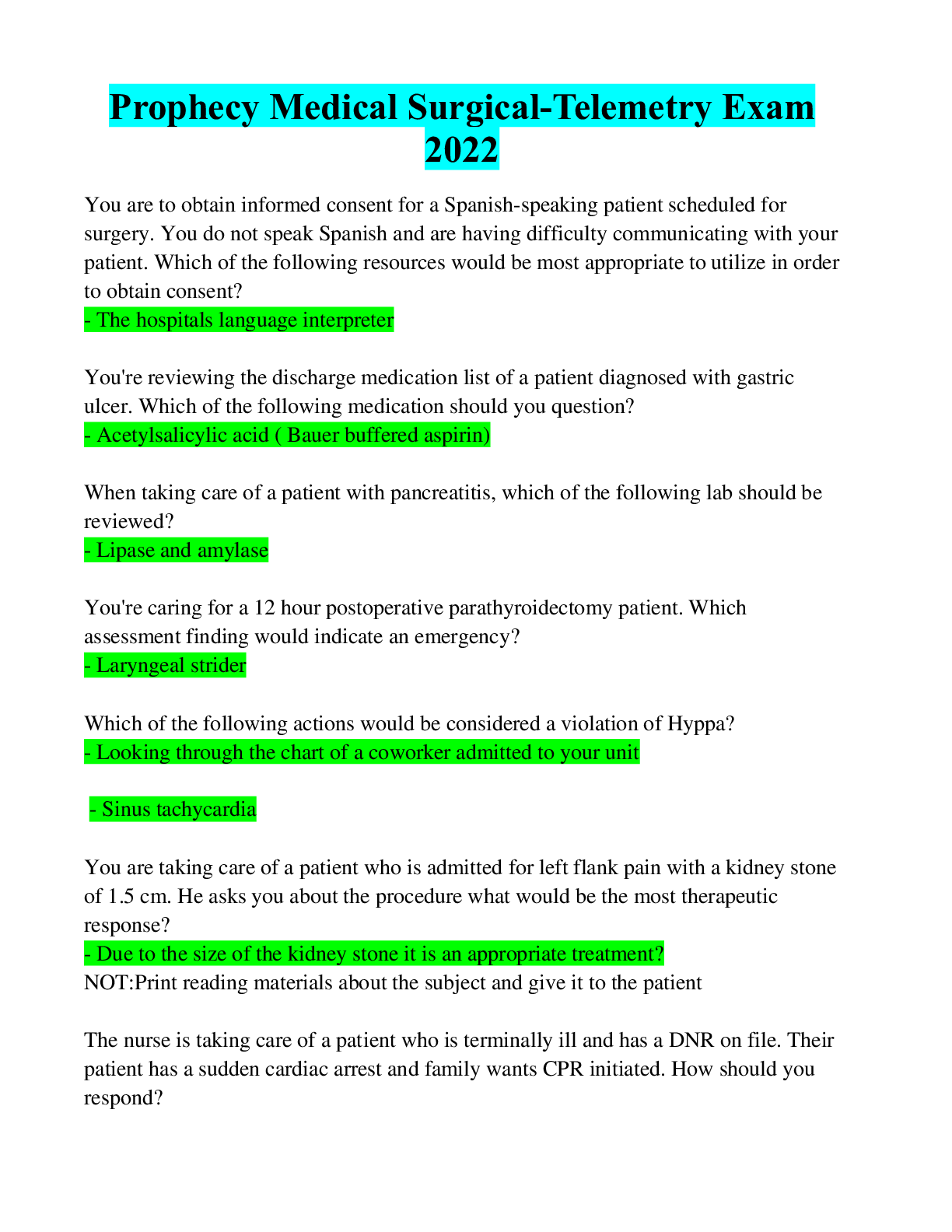

.png)

.png)
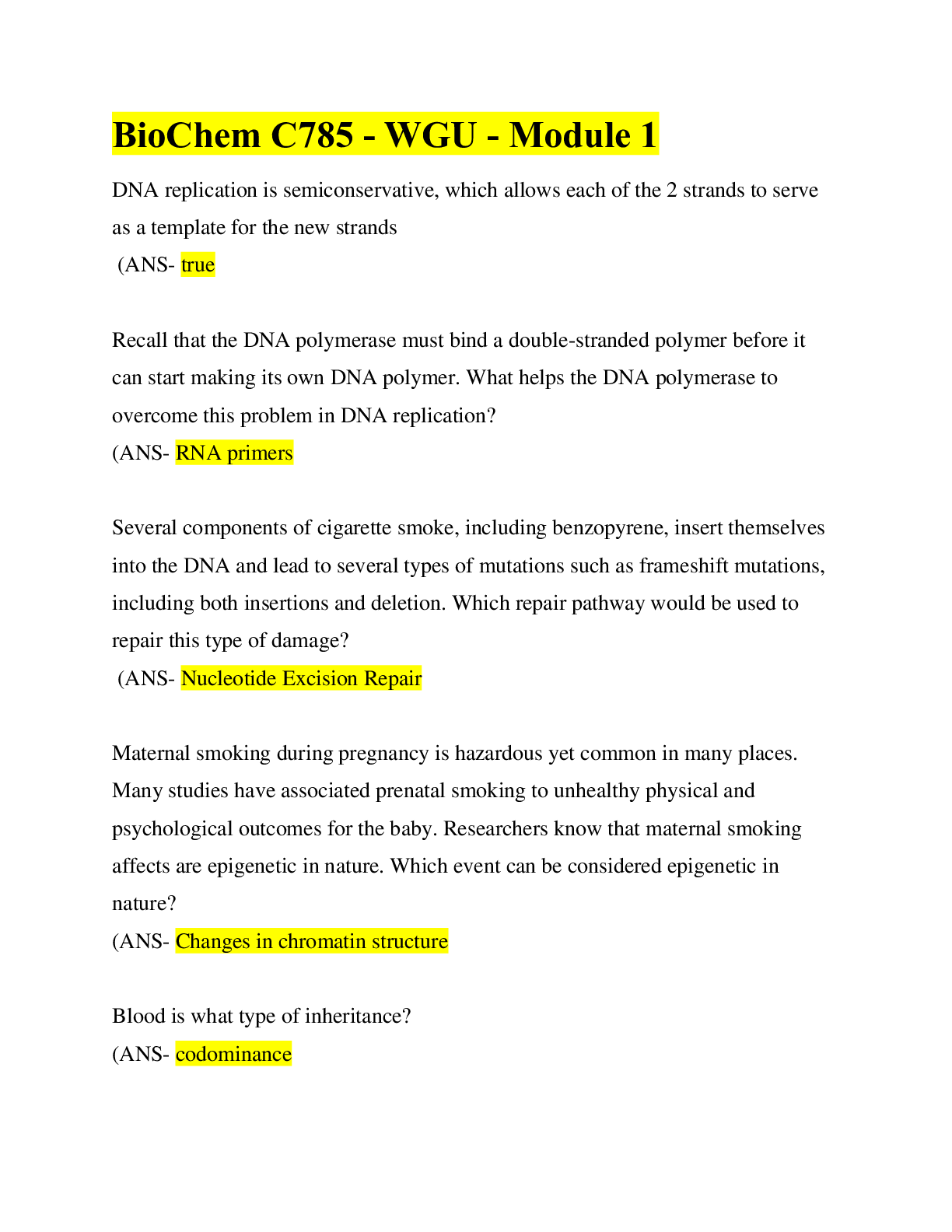

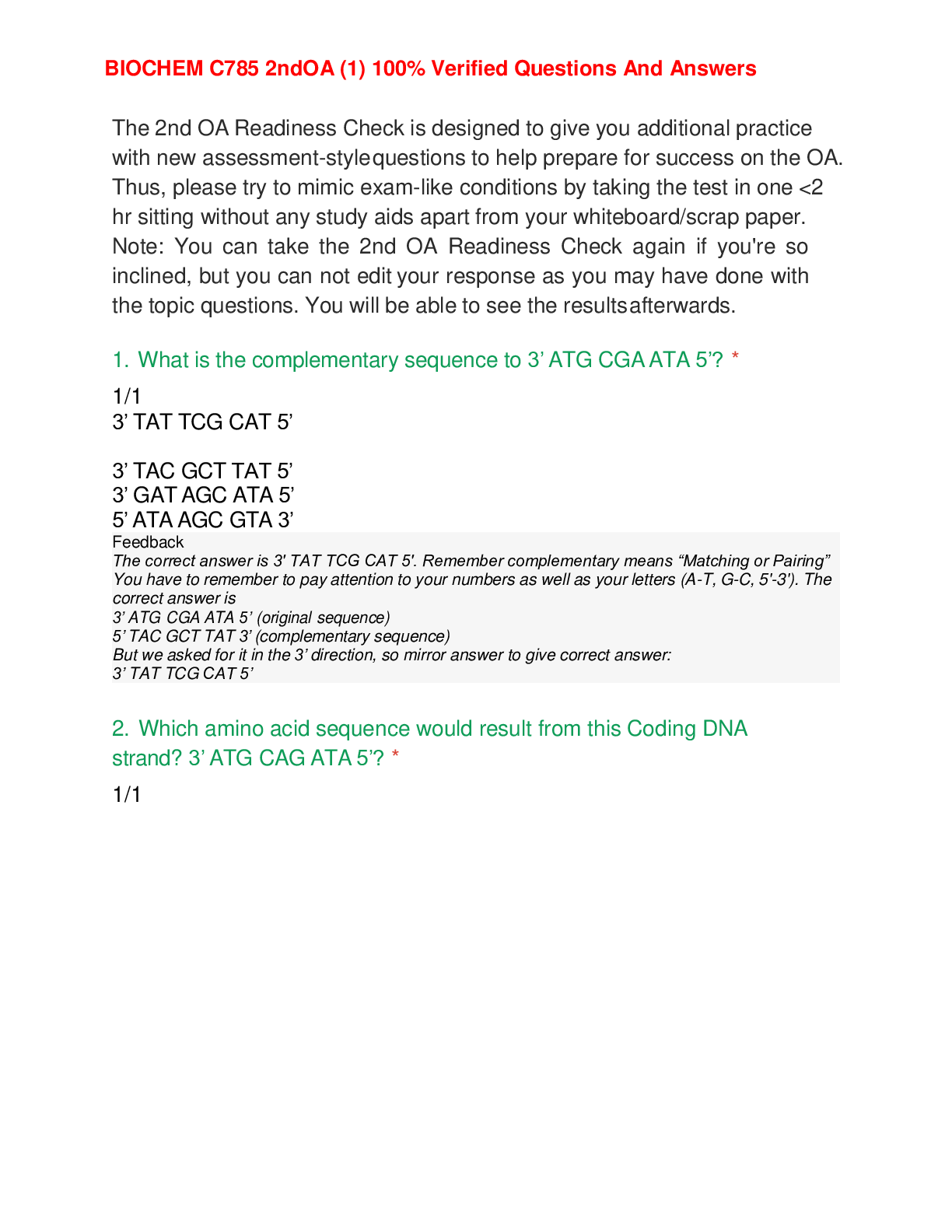

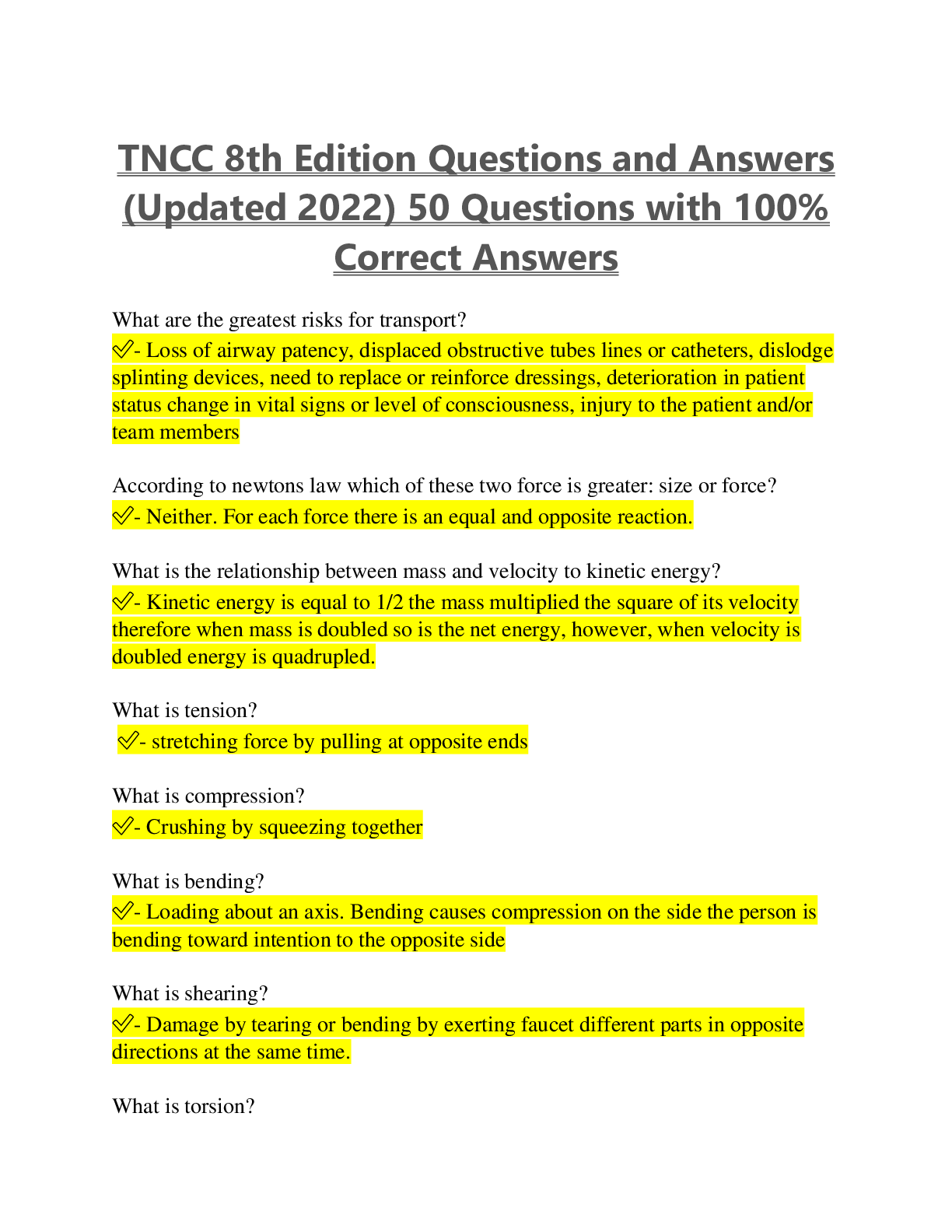
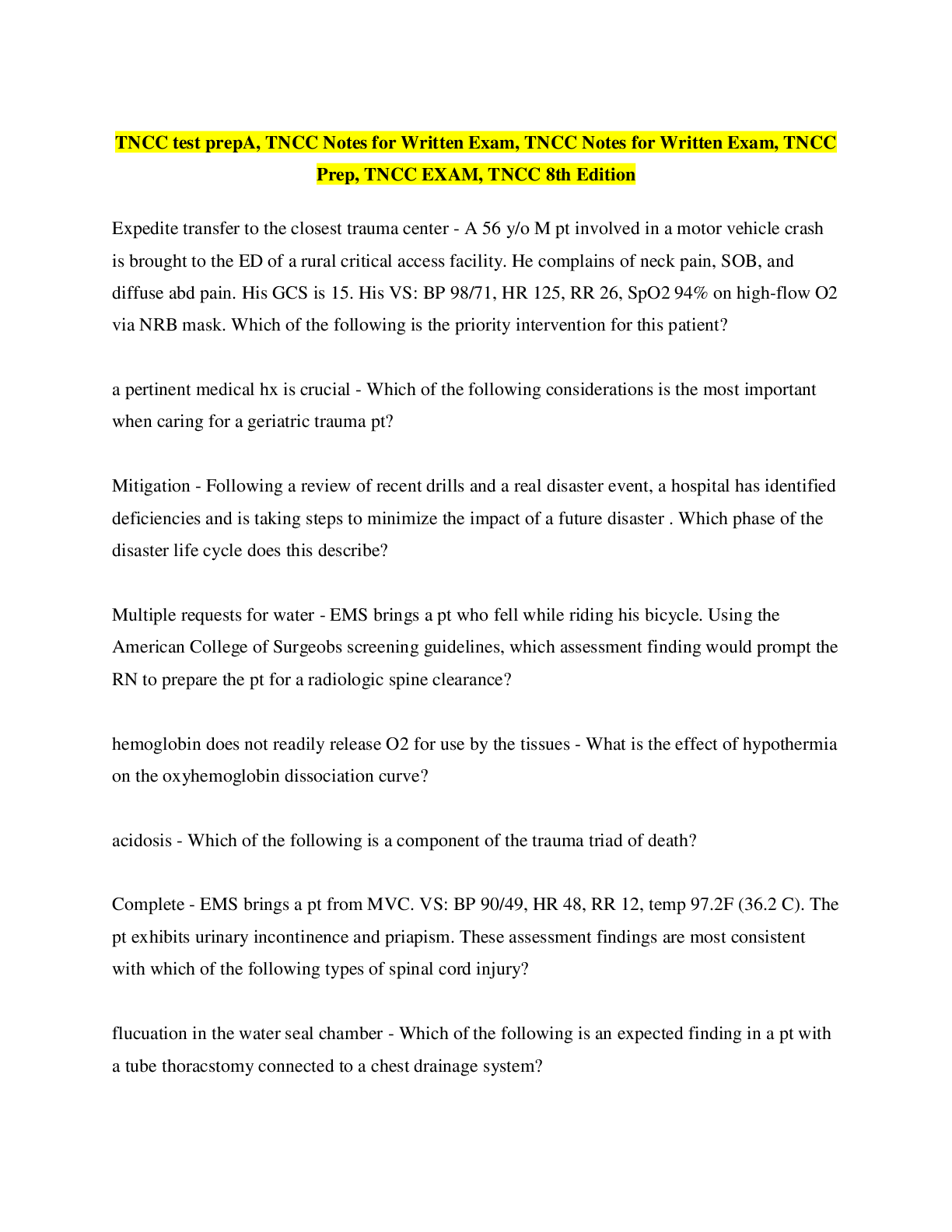
.png)
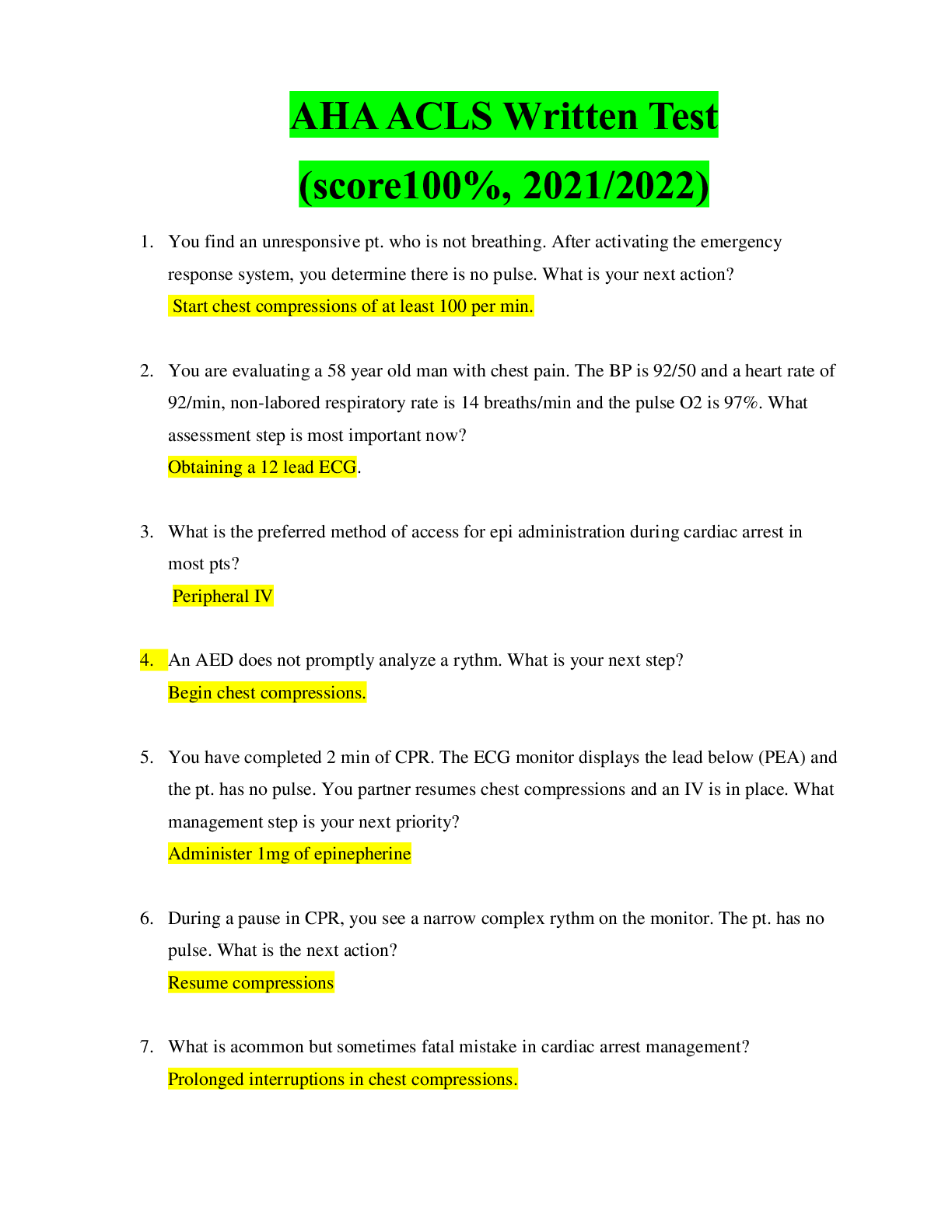

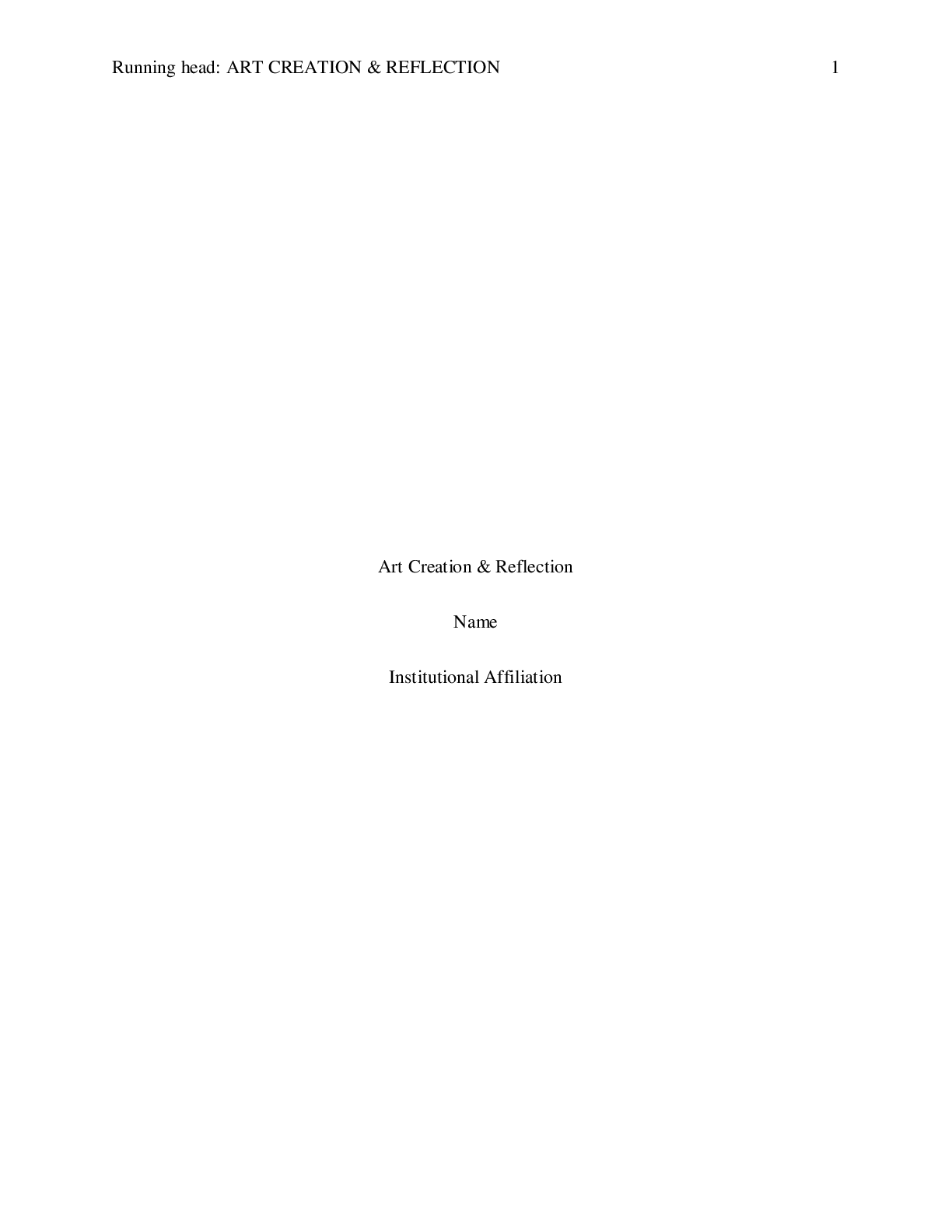
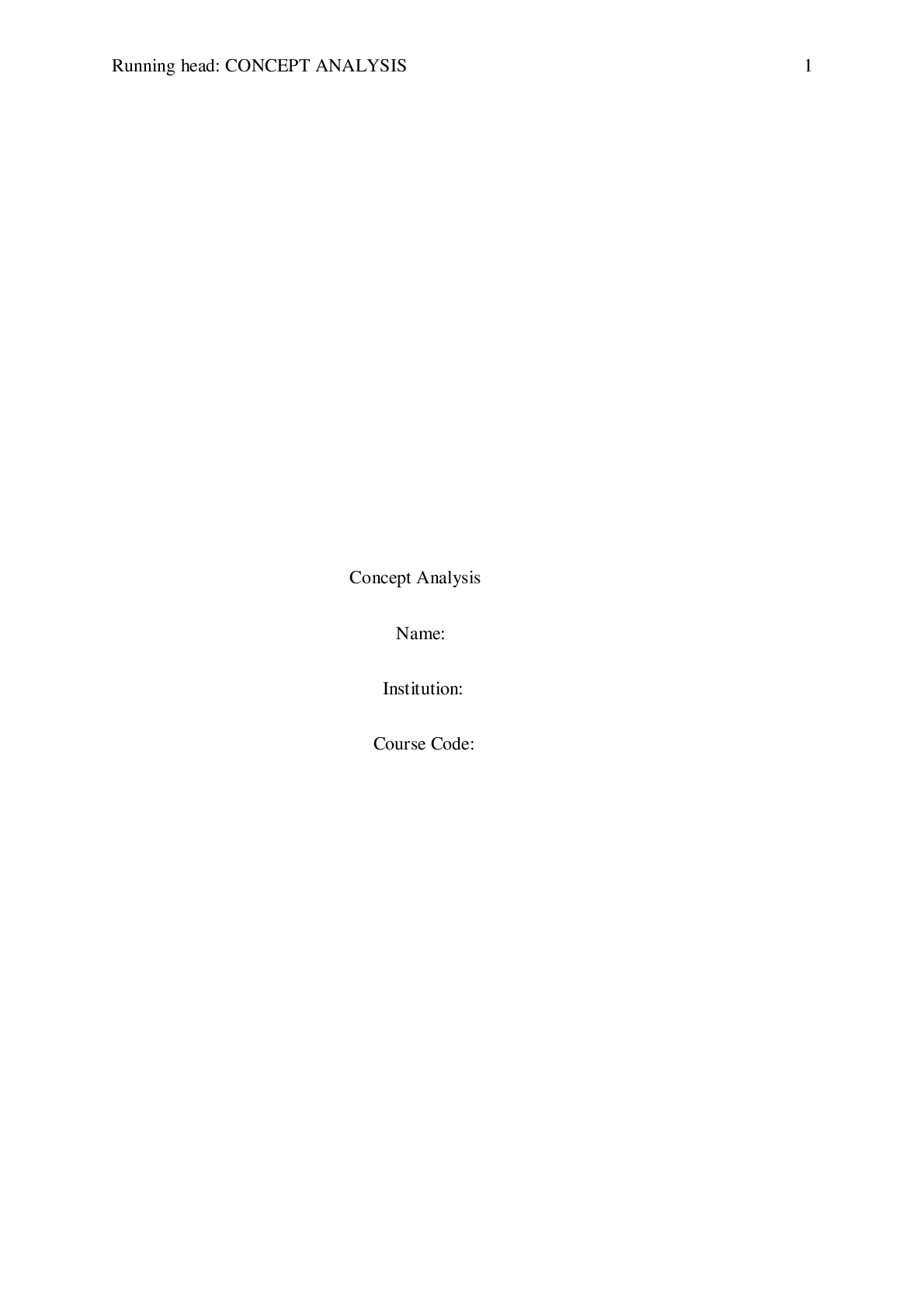



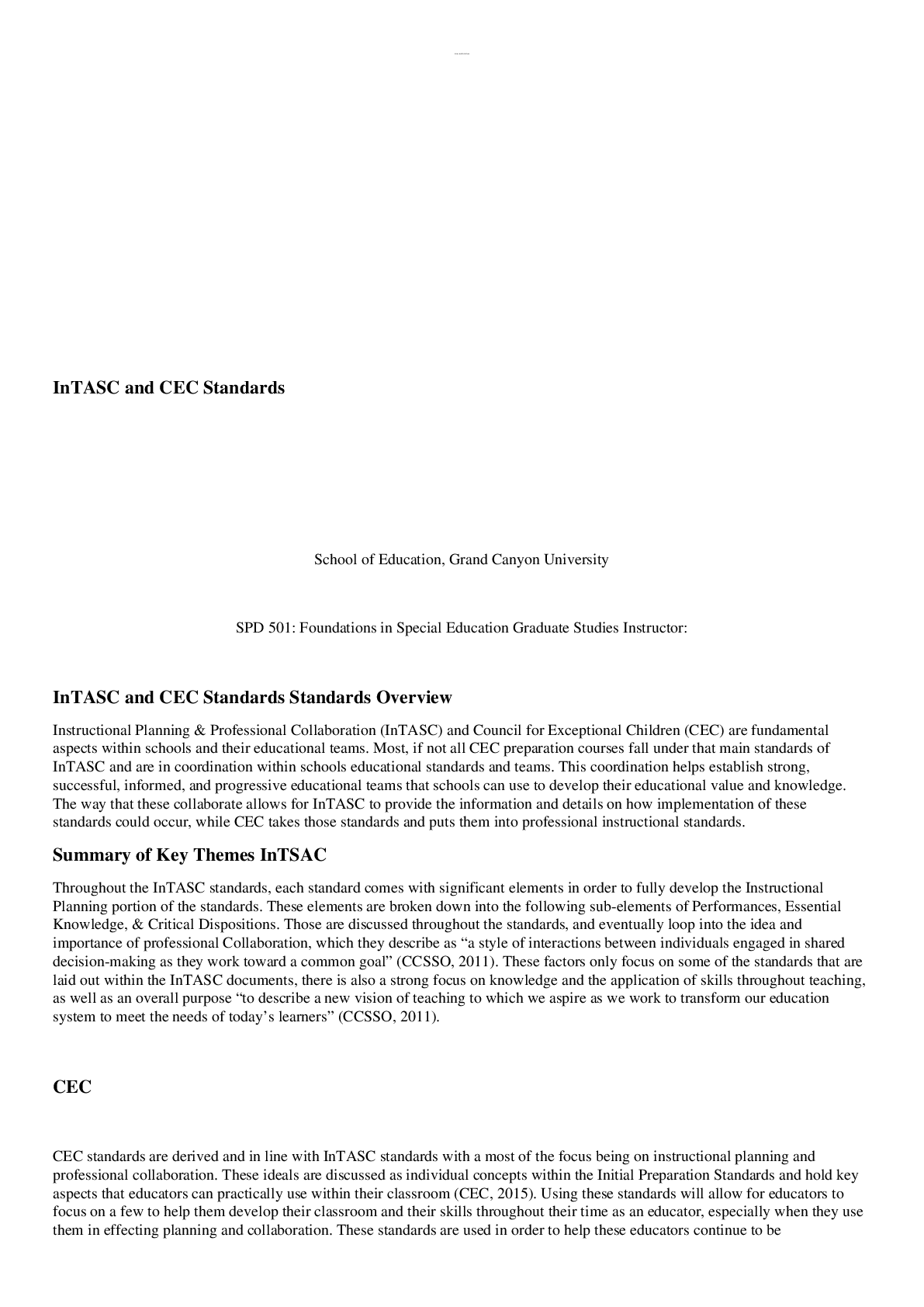
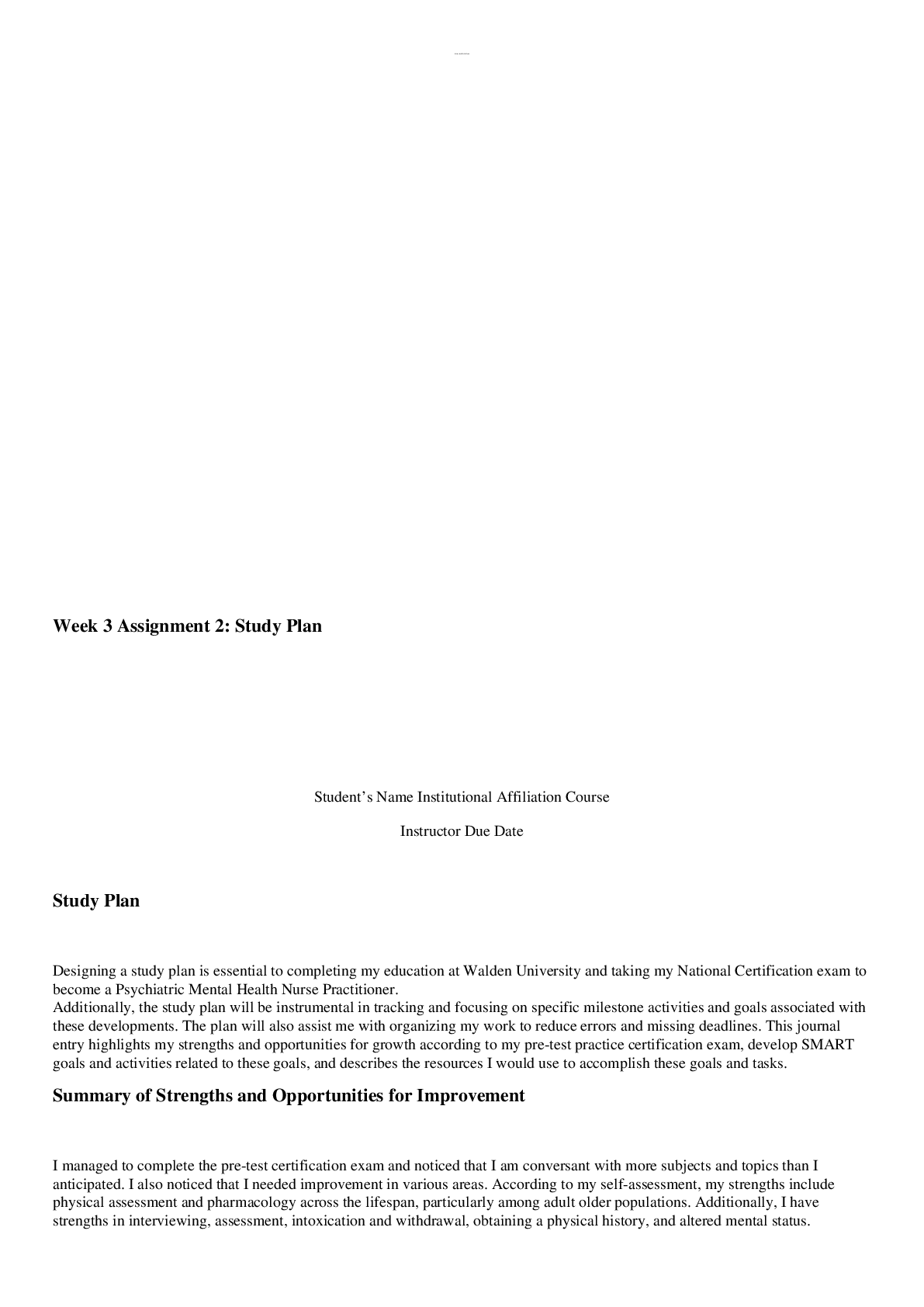
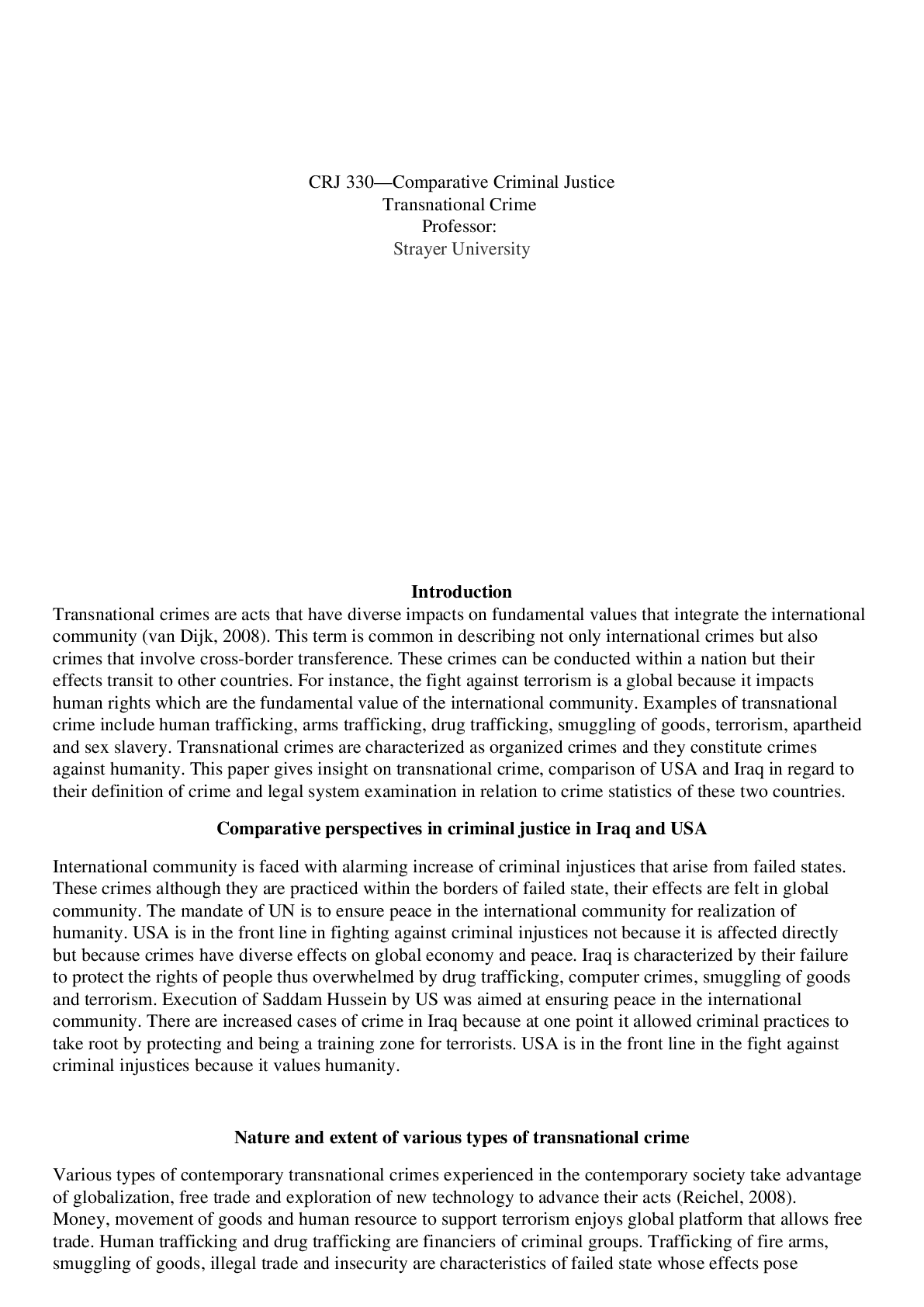

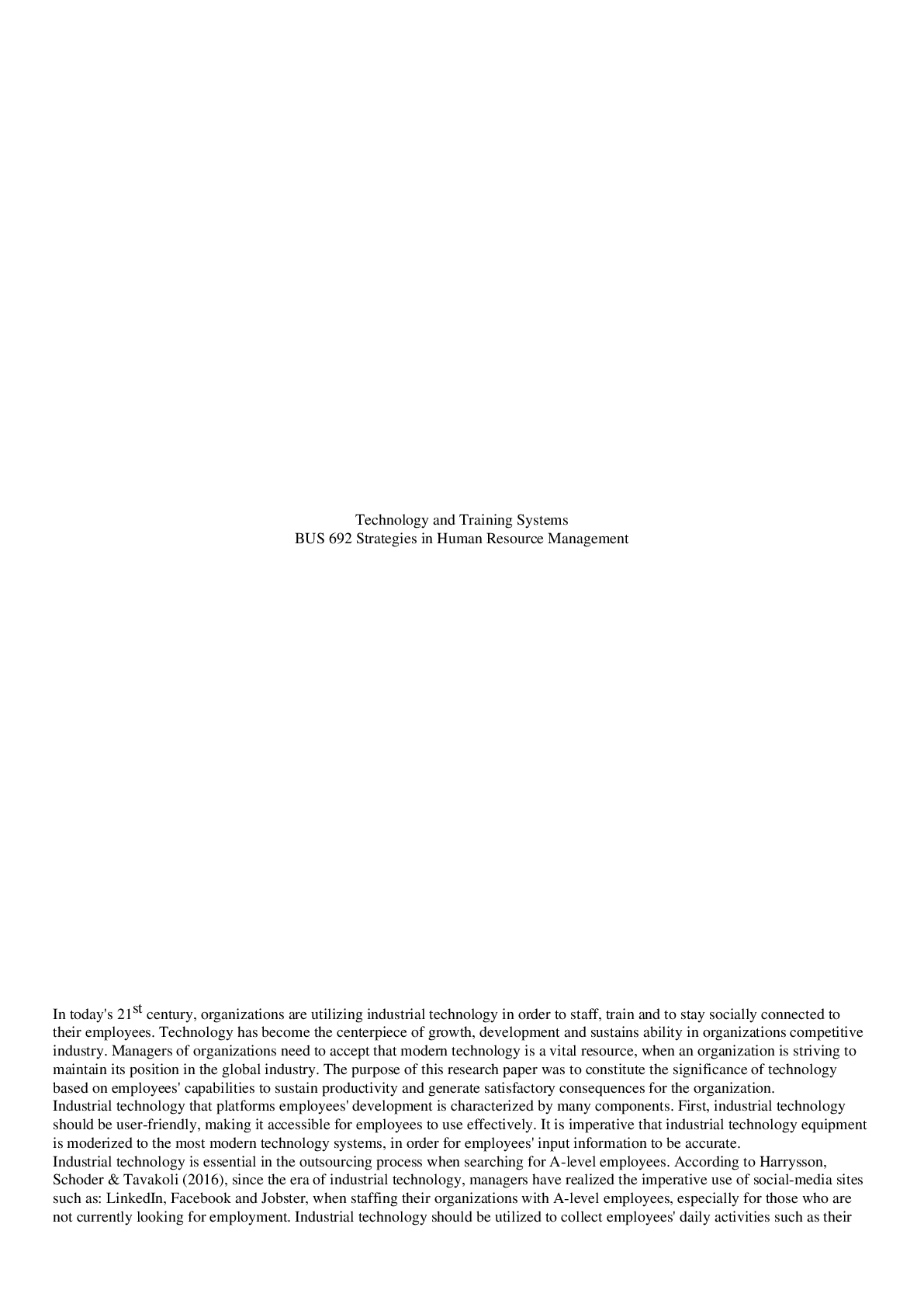

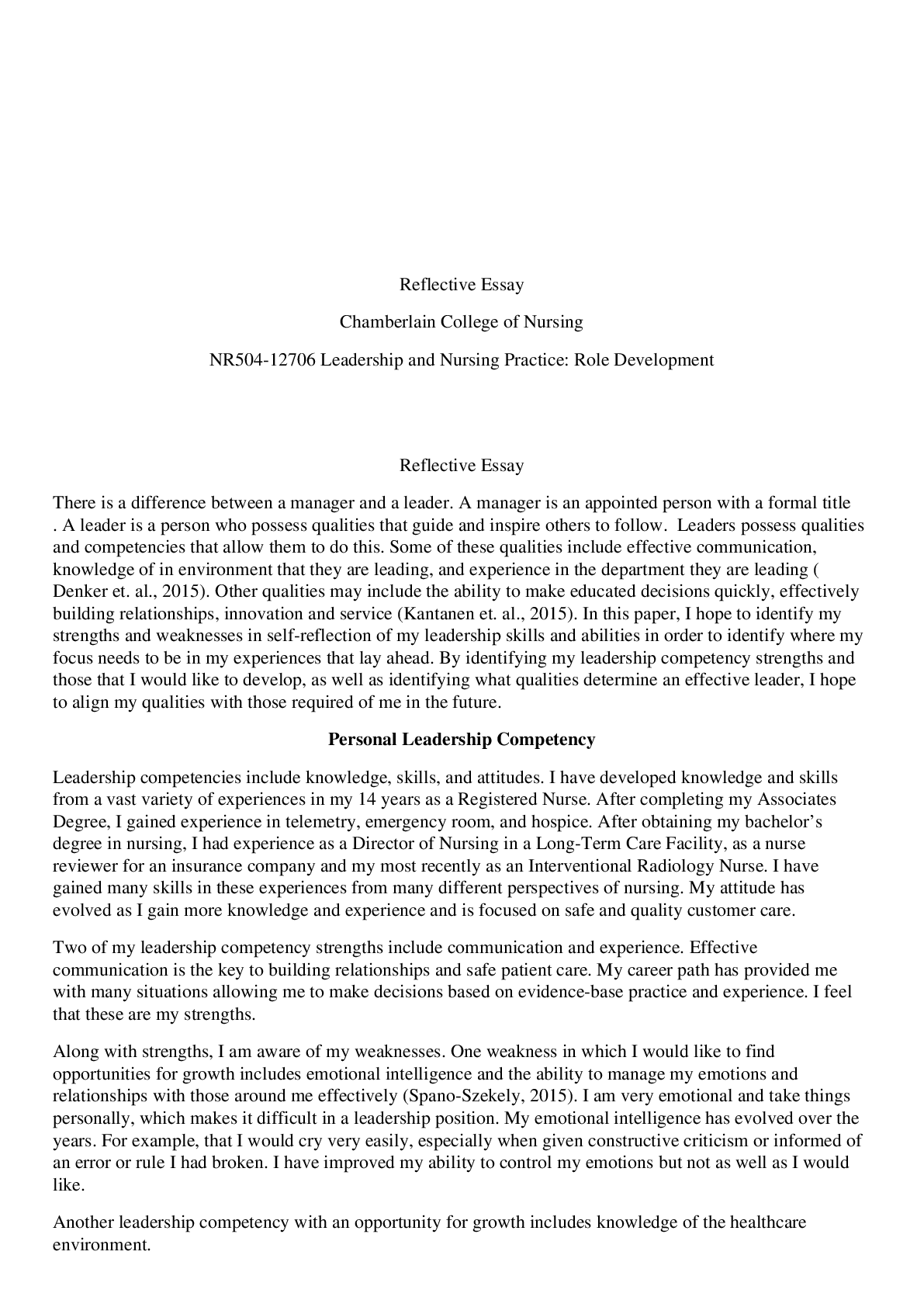

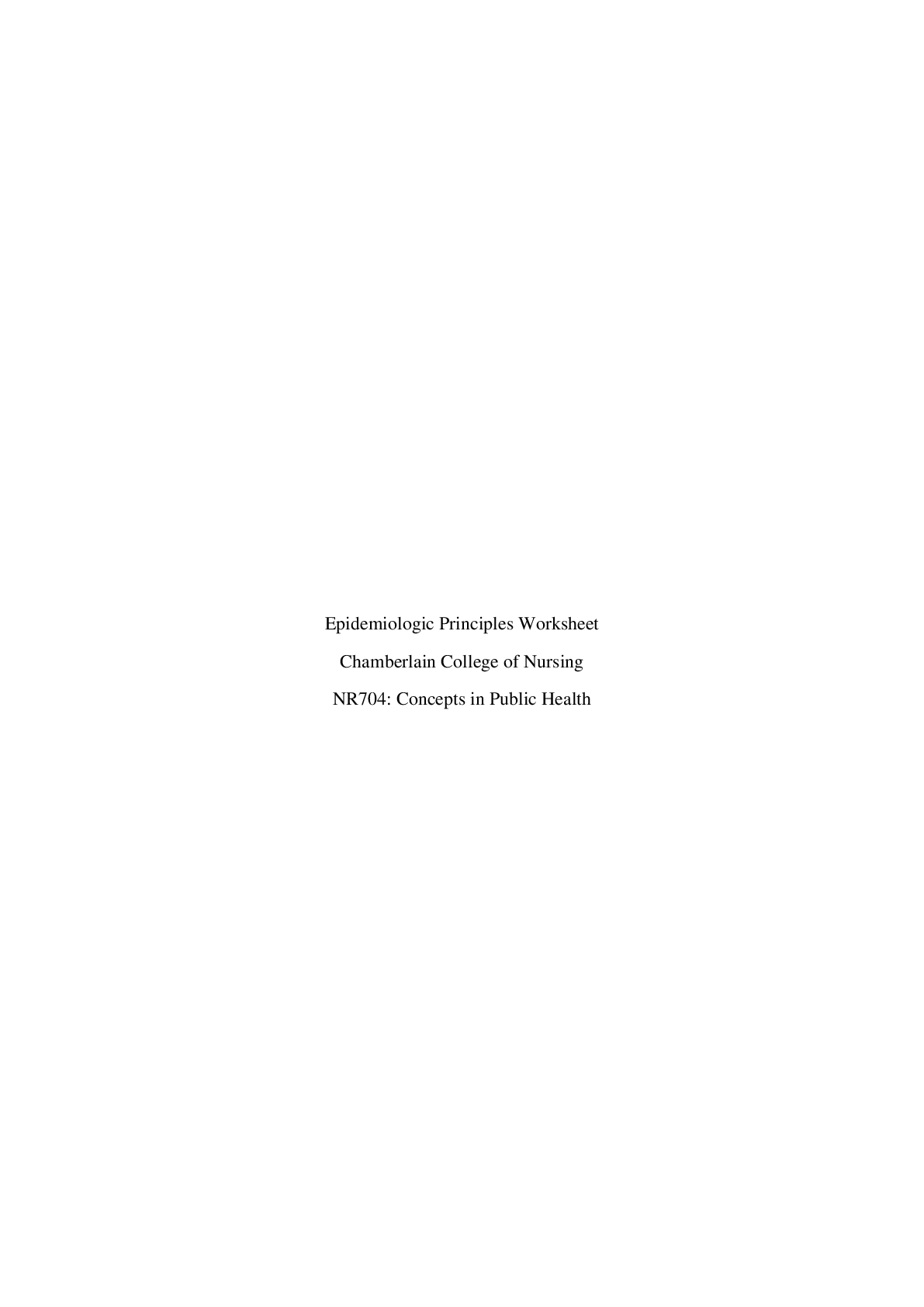
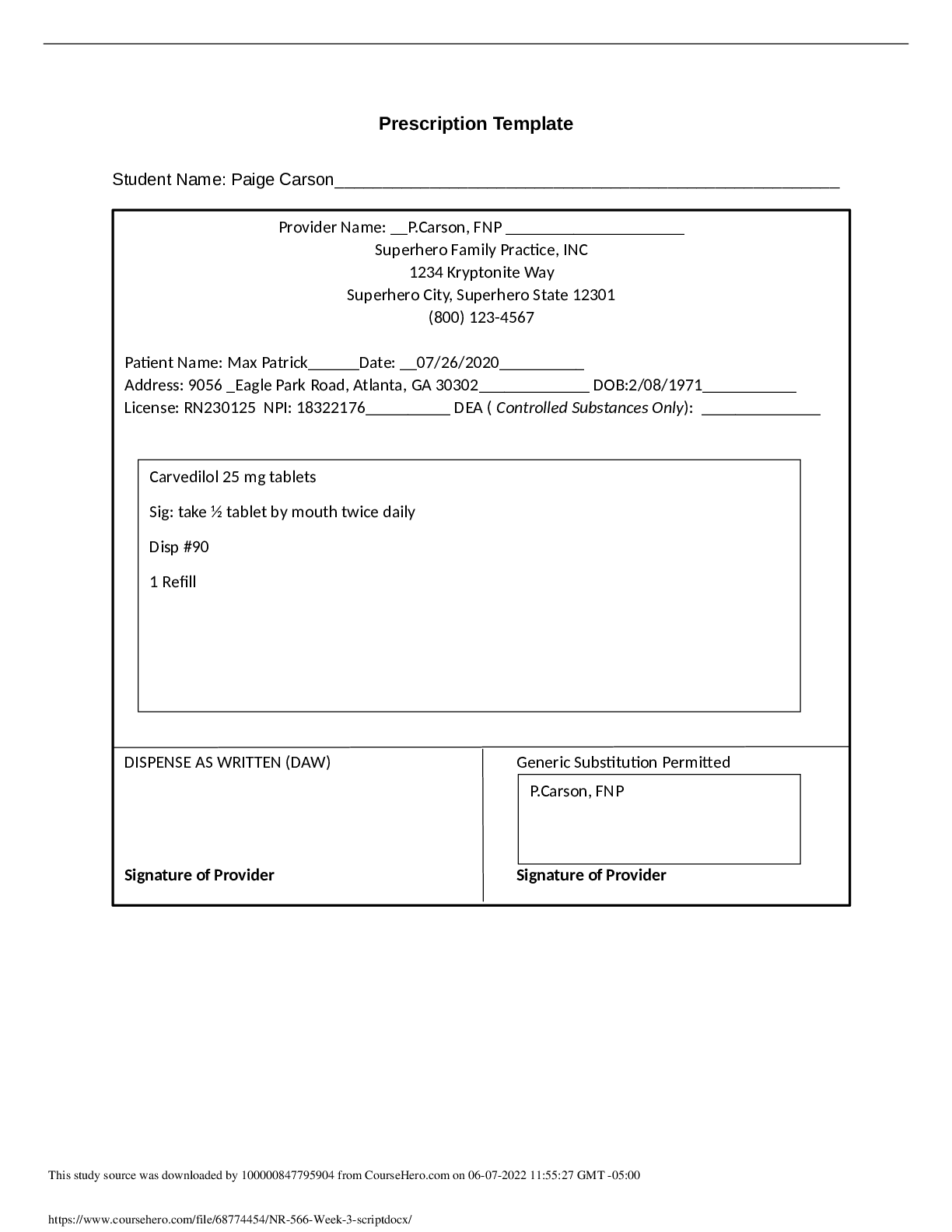
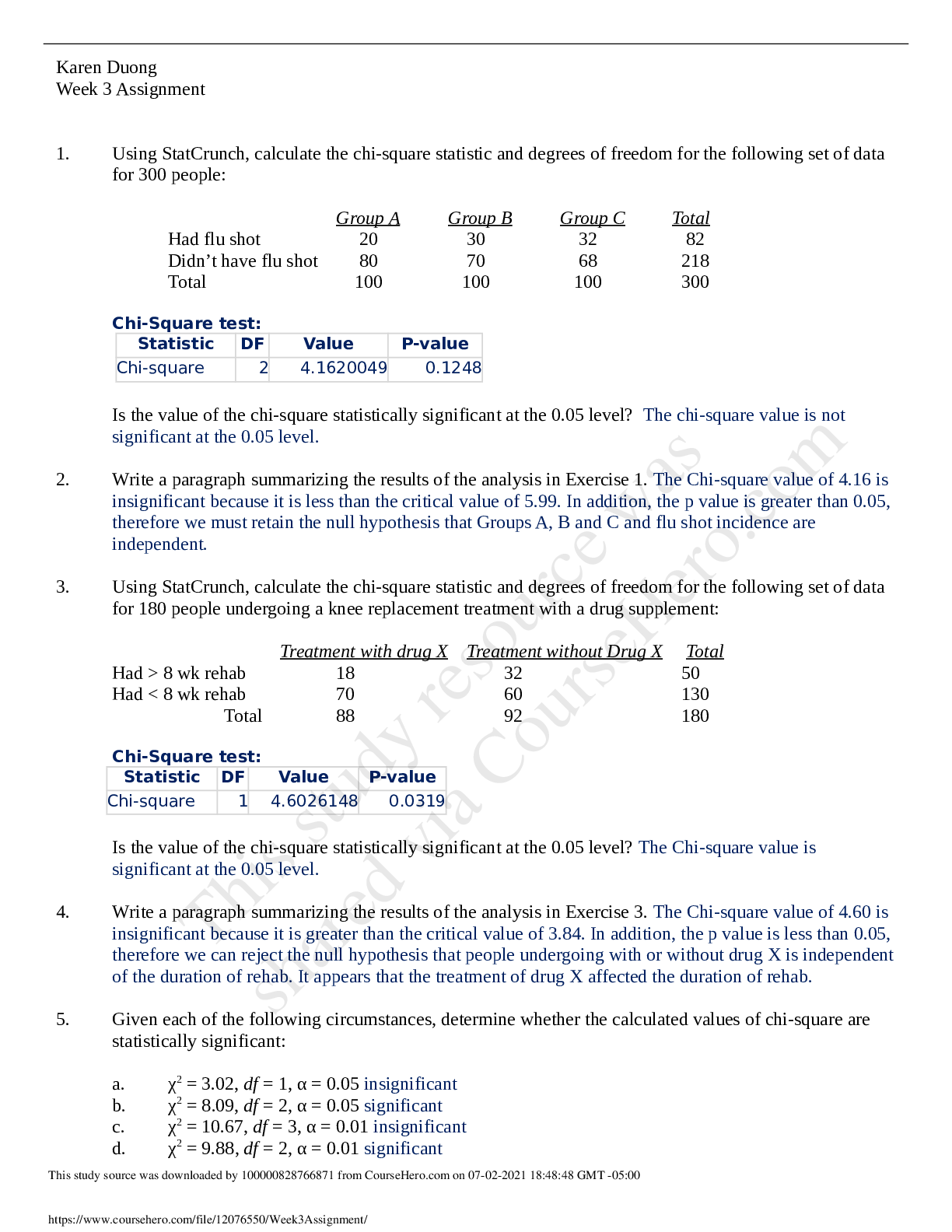
.png)

